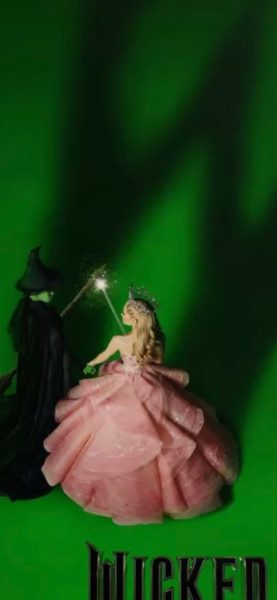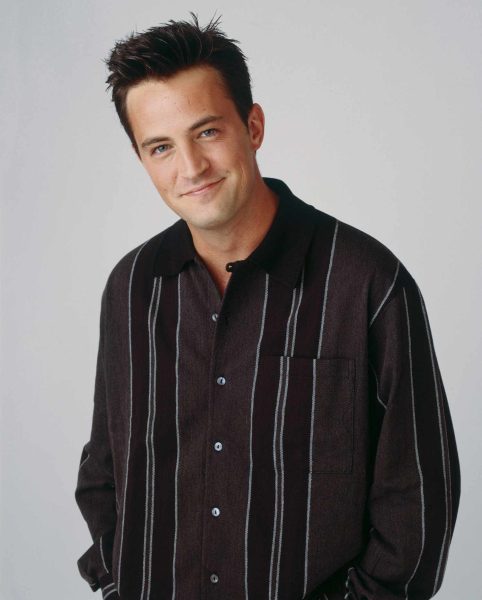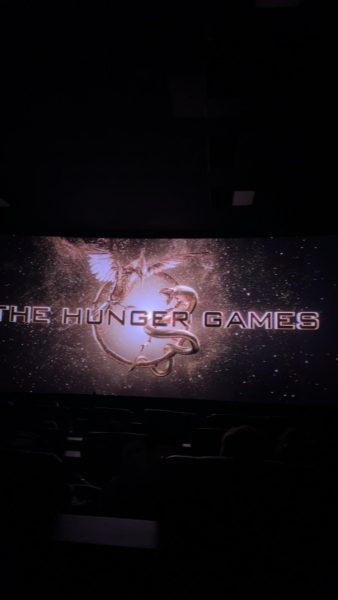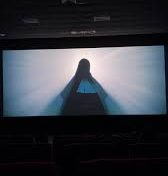The Doctor is in!
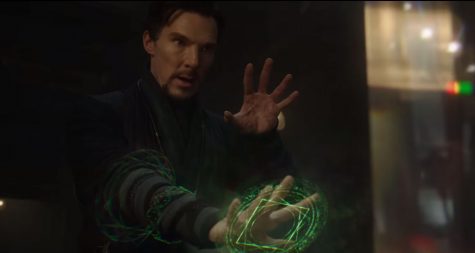 Fans who awaited the next Marvel installment, “Doctor Strange,” were not disappointed when they stormed theaters on the November 4 premiere. “Doctor Strange,” starring Benedict Cumberbatch, Tilda Swinton, Chiwetel Ejiofor, Rachel McAdams, and Mads Mikkelsen, attracted crowds of Marvel acolytes ready to bask in its cinematic glory.
Fans who awaited the next Marvel installment, “Doctor Strange,” were not disappointed when they stormed theaters on the November 4 premiere. “Doctor Strange,” starring Benedict Cumberbatch, Tilda Swinton, Chiwetel Ejiofor, Rachel McAdams, and Mads Mikkelsen, attracted crowds of Marvel acolytes ready to bask in its cinematic glory.
The film presented a neurosurgeon, Stephen Strange (Cumberbatch), blinded by his success and inhibited by his fear of failure. When he loses use of his hands in a near-fatal car crash, Strange seeks rehabilitation in Kathmandu, Nepal, where he harnesses powers of sorcery; initially his goal is to regain fine use of his hands, but he is thrown into the interdimensional world of good versus evil. Doctor Strange, though not officially the Sorcerer Supreme as of yet, battled against Kaecilius and his accomplices in an effort to save the three sanctums of the globe.
Through his trials at the temple of Kamar-Taj, the Ancient One (Swinton) taught Strange the ways of magic. This takes up a considerable chunk of the film, though it represents a significant change in the protagonist. Initially, Strange is plagued by his fear of failure, which he twisted into a sort of superiority complex. When he loses his career after his accident, he feels as if he has nothing left. Rachel McAdams’ supporting character, Christine Palmer, who is Strange’s significant other, attempts to explain that the world has greater use for him other than being a leading neurologist. Strange understands when he goes to Kamar-Taj and learns he has the potential to be the new Sorcerer Supreme and defend the multiverse from evil forces.
Throughout the film, one of the most powerful symbols of Doctor Strange’s dynamic development is his hands. In the outset of Stephen’s tale, his hands are perfectly functional. Through his trials and magical education, the audience can see that, though his hands have yet to be healed, Strange has moved to his greater purpose. Even without his career, the Doctor has a significant role in the world, for which aspires. His hands, though he may have thought so, were not the focal point of Strange’s travels; he sought personal and emotional redemption.
Overall, “Doctor Strange” was an excellent movie. It has maintained a 90% on Rotten Tomatoes in excess of a month. The film had very little continuity errors and overall, was of high quality. It needs to be said, though, that Christine Palmer’s character (McAdams) should have been more dimensional. She was obviously the romantic half to Stephen’s whole, but the audience never learns more about McAdams character. She has no defining moment in the film which proves her to be significant to the plot. The antagonist, Kaecilius (Mikkelsen) also lacks characterization. The villain is seen simply as the villain; Kaecilius has a mysterious background which provides no insight as to his evil motivations.
All in all, “Doctor Strange” is an excellent film. Its visual effects are fantastic. The movie was well-cast. Aside from the fact that a film starring Benedict Cumberbatch is almost guaranteed to be of high quality. I give it an 8/10.



